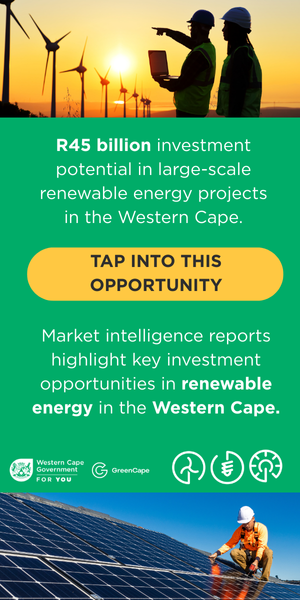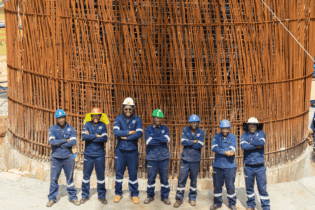 Domestic water and wastewater tariffs soared in cities across the developing world from 2015 to 2016 as utilities passed on the effects of rising energy costs, reforms to government subsidies and rampant inflation.
Domestic water and wastewater tariffs soared in cities across the developing world from 2015 to 2016 as utilities passed on the effects of rising energy costs, reforms to government subsidies and rampant inflation.
Residents of Merida (Venezuela) and Buenos Aires (Argentina) wrestled with the largest combined water and wastewater tariff increases in 2016, with prices rising by 326% and 217% respectively as both cities sought to offset currency devaluation at the same time as raising funds for long-overdue investment.
Meanwhile in Southern Africa shortages of water and existing financial problems at utilities were compounded by a surge in electricity prices as El Niño-driven droughts hit hydropower production. The two largest increases in the combined tariff in Africa were in Nairobi (Kenya) and Accra (Ghana) where the fiscally embattled utilities sought to balance their books with price jumps of 68% and 182% respectively. The average combined tariff in the 24 cities Global Water Intelligence covers in sub-Saharan Africa is now $0.91/m3, while remaining at just $0.13/m3 in South Asia. However, this year also saw some of the world’s most advanced utilities in Denmark, Norway and the Netherlands cut their tariffs as efficiencies were passed onto consumers. These cuts resulted in Western Europe’s tariff growth slowing to a rate of 1.4% – the lowest recorded since GWI’s Global Water Tariff Survey began.






